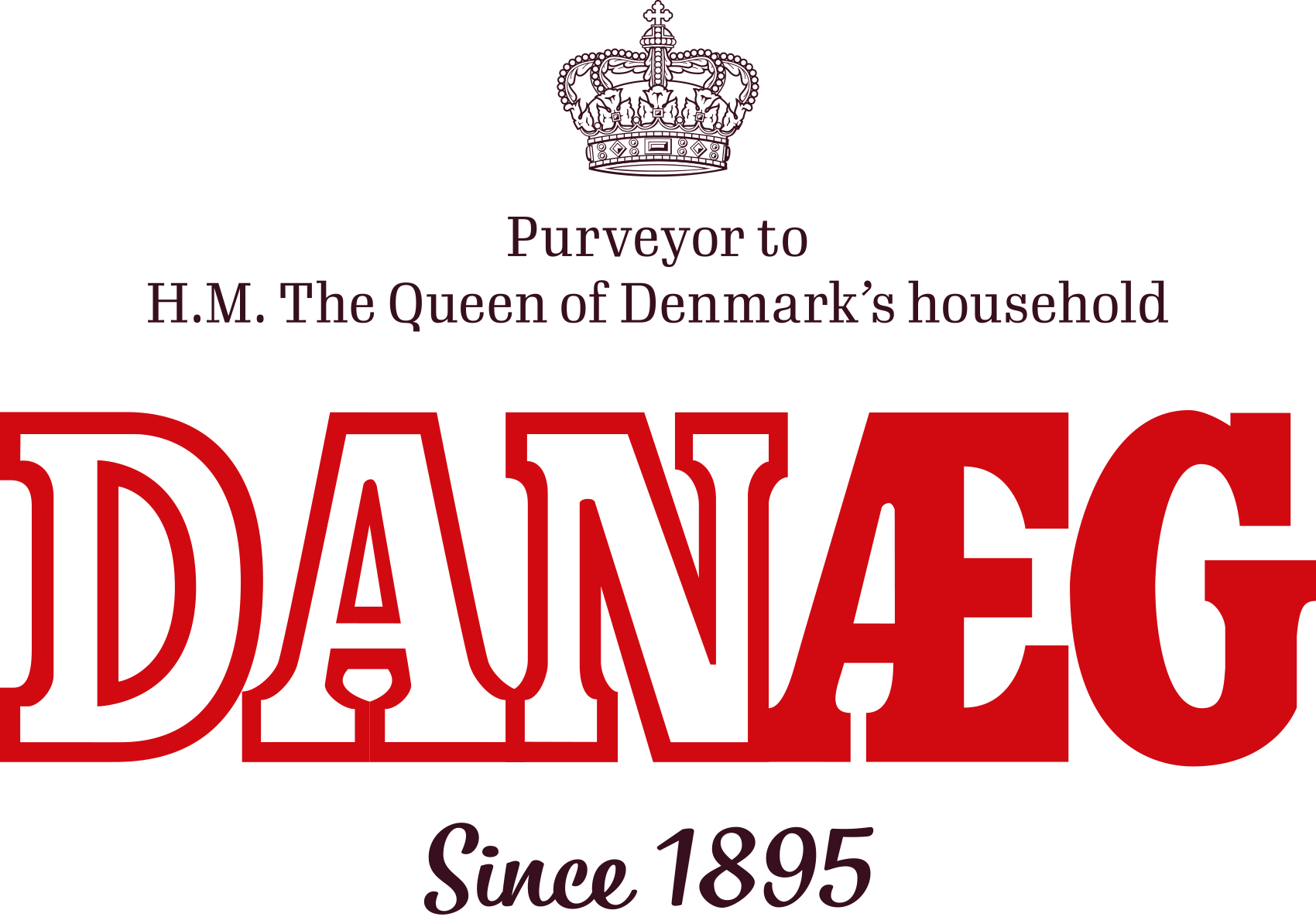Types of production
Four types of egg production
Today, Danish eggs can be produced in four different forms: battery cage, barn, free-range and organic (including biodynamic/demeter eggs). It is i.a. the number of animals per square meters, the layout of the barn, the feed and whether the hens have access to an outdoor yard, which is determining for the type of eggs. Learn more about the four types of production and find the form of production you prefer.
Four differences
What is the difference between organic hens and free-range hens?
Both organic and free-range hens have a large, outdoor hen yard, where a maximum of 4 hens per square meter is allowed. But there is a difference between organic and free-range hens when it comes to four things: space in the barn, perches, daylight and feed.
9 free-range hens per square meter is allowed in the barn, while only a maximum of 6 organic hens per square meter is allowed. Organic hens have 18 cm perch per hen and free-range hens have 15 cm per hen. Organic hens have natural daylight in the barn - free-range hens are not entitled to this. Free-range hens receive conventional feed, while organic hens receive organic feed.
Access to outdoor area
What is the difference between barn hens and free-range hens?
Barn hens and free-range hens have in common that 1/3 of the floor in the hen houses must be covered with bedding for dust bathing, and they have nests and perches. At the same time, both barn hens and free-range hens receive conventional feed.
The biggest difference is that free-range hens have access to outdoor areas - barn hens do not.
In addition, there is a slight difference in flock sizes. A flock of barn hens is typically 6,000 - 35,000 hens. In a herd of free-range hens, there are usually 6,000 - 30,000 hens.
Three differences
What is the difference between hens from enriched cages and barn hens?
The difference is mainly in the fact that hens from enriched cages are divided in smaller cages, while barn hens roam around freely in a barn. There is also a difference in the flock sizes and how many hens is allowed be per. m².
In a flock of hens from enriched cages, there are typically 10,000 - 50,000 hens - however, a maximum of 10 hens per. cage, while there may be 6,000 - 35,000 barn hens in a flock.
Each barn hen must have 750 cm², while 9 barn hens is allowed per. m².
From 6 to 9 hens per. m2
How much space do the hens have in the barn?
In the barn, a maximum of 9 barn hens or 9 free-range hens per square meter is allowed.
Organic hens have more space. A maximum of 6 organic hens per. square meter is allowed.
Organic all the way
Which type of feed do organic hens get?
While barn hens and free-range hens receive conventionally grown feed, organic hens receive organic feed. This applies to both compound feed and roughage (eg hay or carrots).
